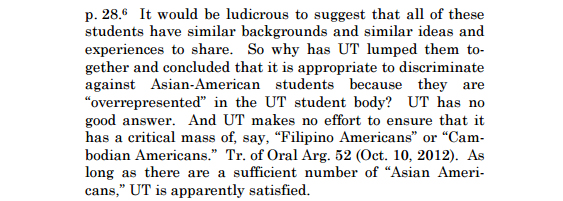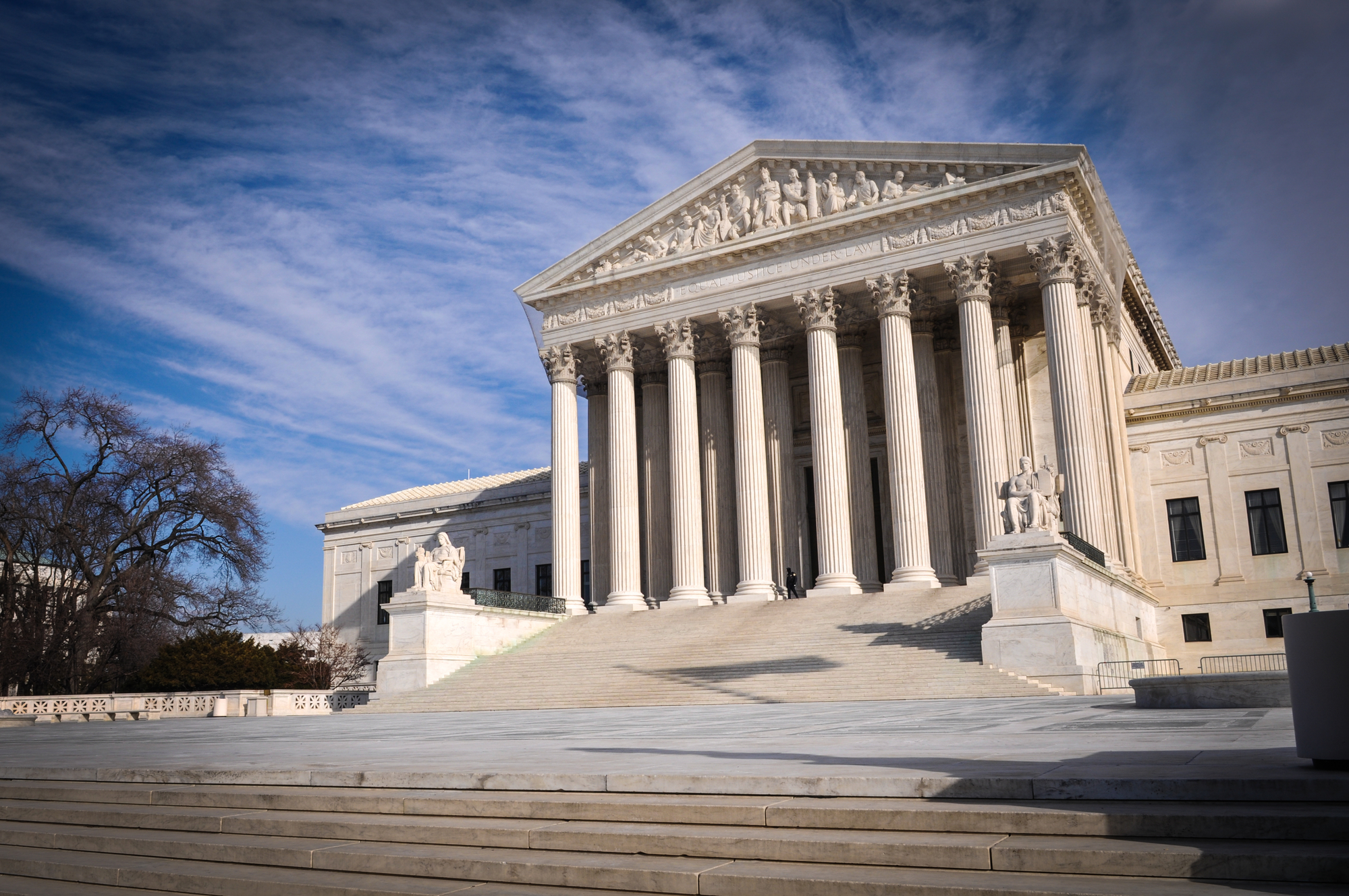
The Supreme Court handed down their long-anticipated decision on Fisher v University of Texas II yesterday, eight years after Abigail Fisher (who is White) first filed suit challenging holistic review at the University of Texas. Fisher alleged that the University’s holistic admissions process, which includes race-conscious affirmative action, denied her admission to the school. The Court had previously heard Fisher’s case, and essentially punted it back to the lower courts asking them to take a second look. When the Fifth Circuit again ruled in favour of the University of Texas, the Supreme Court was once again challenged to weigh in.
There was a lot at stake with this decision in the case now known as Fisher II: a decision against the University of Texas’ admissions program could effectively dismantle affirmative action programs across the country.
But, in a 4-3 vote, the Supreme Court elected to reaffirm the Court’s earlier perspectives on affirmative action as outlined in the landmark Grutter case which first explicitly established the “compelling interest” of colleges and universities to address issues of campus diversity through the limited and narrow use of racial information.
The decision is a major victory for those of us — including the vast majority of AAPIs — who support affirmative action. Not only is the decision, itself, a welcome relief for everyone who has been following Fisher for the last eight years, but this case’s outcome has profound implications for a more recent lawsuit filed by conservative lobbyist Edward Blum challenging affirmative action using Asian American plaintiffs which is likely destined to appear before the Supreme Court in the coming year or two.
Yesterday’s decision not only reaffirms the Court’s commitment to upholding affirmative action, but it also establishes the growing importance of the AAPI community in this issue. The majority opinion referenced by name an amicus brief filed by AALDEF, which was one of several briefs filed by Asian American groups, including this joint one filed by 160+ AANHPI organizations (and this blog), in support of affirmative action with regard to the AAPIs. Kennedy cited the brief to point out that there is no evidence of Asian Americans, or Whites, experiencing discrimination due to affirmative action, and by contrast that racial considerations may be beneficial to AAPI applicants..

Meanwhile, Justice Alito dedicated 3-4 pages of his 50+-page dissent to Asian Americans, repeatedly invoking Model Minority stereotypes to economically and academically position Asian American applicants against Black and Latino students. He relied heavily on an amicus brief filed by Asian American opponents of affirmative action, and then launched into a blistering rallying cry for more disaggregated data regarding AAPI applicants (Alito is clearly unaware that the same Asian American opponents of affirmative action who penned the amicus brief he holds so dear also oppose data disaggregation.)

Nonetheless, affirmative action’s supporters should be heartened.
Yesterday’s decision is a clear preview for how the Court will view an upcoming Blum-engineered lawsuit against Harvard and the University of North Carolina. While Alito’s dissent might as well have been a rough draft for a future opinion on the Blum case — he meanders between patronizing exaltation of Asian Americans as wedge minorities, to decrying affirmative action as discriminatory to whites and Asians, to declaring race an archaic concept due to Asian American outmarriage — I was delighted to see that it was Justice Kennedy who wrote the majority opinion for the Court. Kennedy authored a clear concise and in wavering defense of schools’ “compelling interest” in promoting diversity through narrow considerations of race as a “factor of a factor of a factor” weighed for each applicant during admissions. In it, he appears to have been particularly persuaded by University of Texas’ presentation of numerous works of research showing the tangible benefits of on-campus diversity, as well as the school’s quantifiable demonstration that race-neutral approaches have been insufficient to address latent problems of inaccess and underrepresentation for students of colour. Those who seek more transparency in college admissions would do well to read carefully the first several pages of his opinion which provides an accessible explanation of holistic review.
Kennedy is popularly considered the Supreme Court’s “swing vote” on affirmative action In the nation’s highest court, and in this case, the outcome clearly depended on whether he would side with the other conservative or liberal justices. To see Kennedy pen a compelling defense of affirmative action here — one that explicitly notes the benefits of affirmative action to white and Asian American students — suggests that he will maintain similar views in the upcoming anti-affirmative action lawsuit engineered by Blum.
The Supreme Court ruled correctly today to defend affirmative action from its most aggressive and ill-considered detractors. I can only hope this will dissuade future challengers to what should be by now a settled point: affirmative action is legal, constitutional, necessary and beneficial to all.

